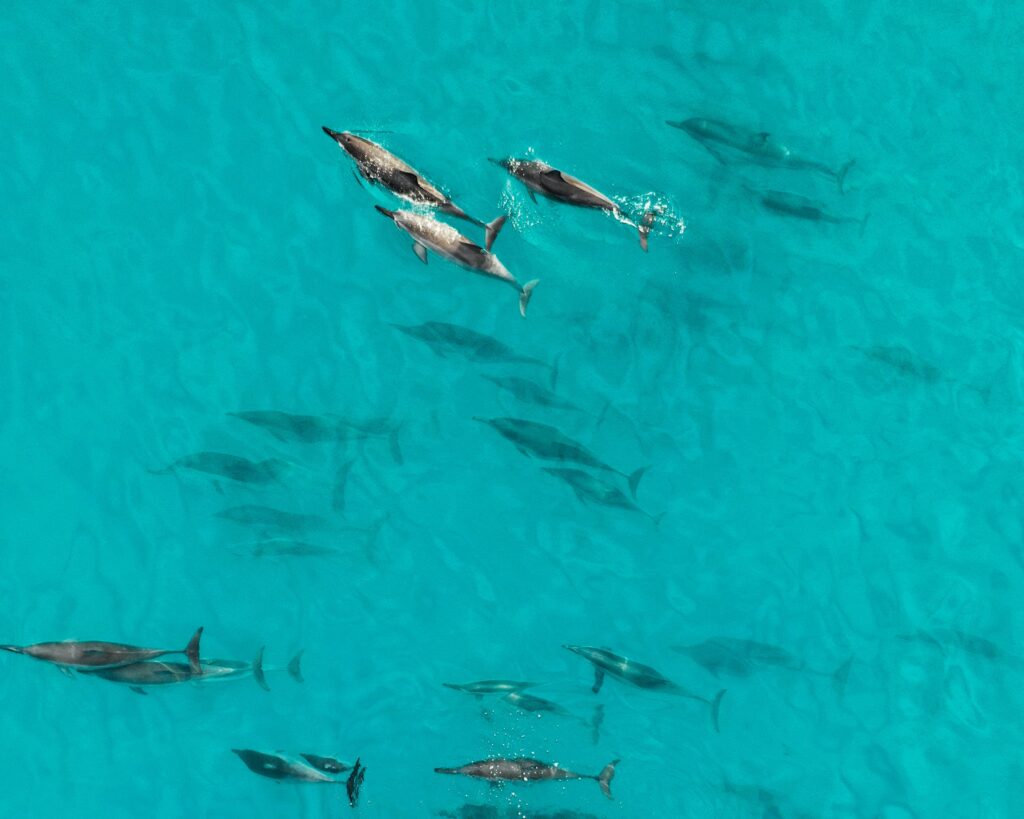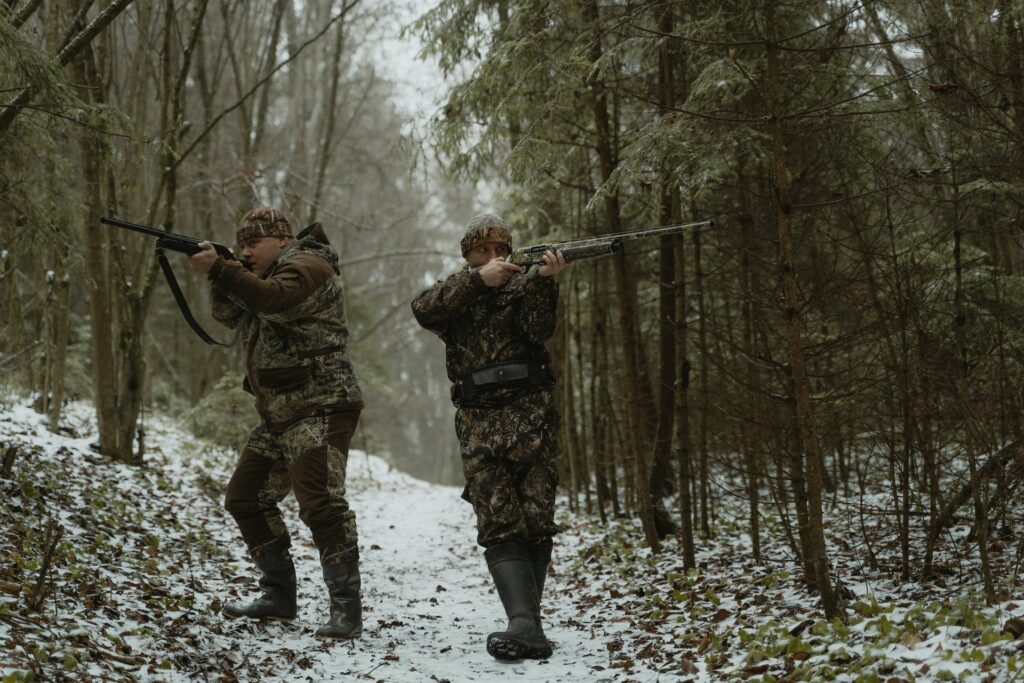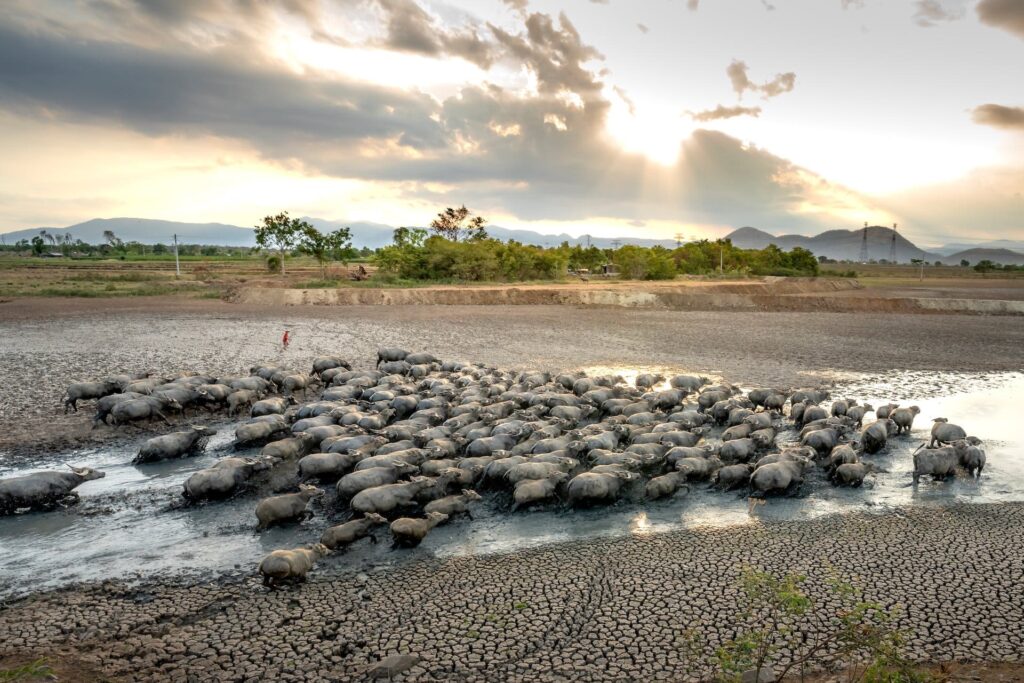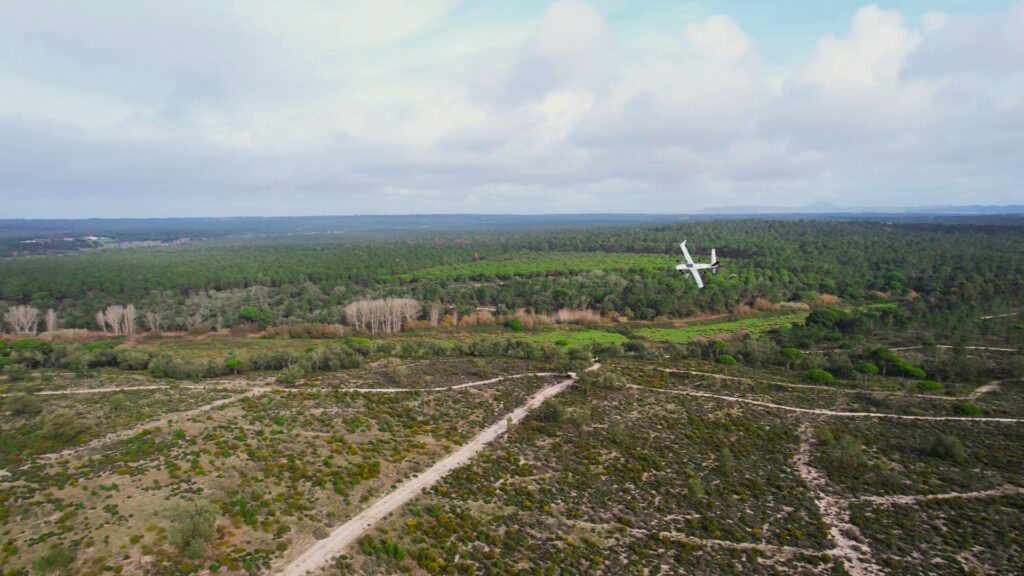
1 - Ground-based Surveys
They are a common and reliable method for monitoring wildlife, which involves trained personnel walking or driving through a specific area, searching for signs of animal activity such as tracks, scat, or feeding behaviour. Those kinds of surveys are particularly useful for monitoring species that are difficult to detect from the air or ground, such as small mammals or reptiles.
2 - Aerial Surveys
They use planes or helicopters equipped with cameras to capture images and data from above. This method can cover a larger area compared to ground-based surveys and be particularly useful for monitoring large mammals such as elephants or whales. It can also be used to estimate population sizes and track changes over time.
3 - Satellite Imagery
It provides a broader view of an area and can be used to track changes in land use, vegetation, and water sources. This method is advantageous for monitoring habitats over large areas, such as forests, wetlands, or oceans. Satellite imagery can also be used to identify areas of habitat loss or degradation, allowing conservationists to target their efforts more effectively.
Advantages of Using Drones to Monitor Wildlife
Detailed Real-time Surveying
Drones can capture high-resolution images allowing individual animal identification, detailed tracking of movement and behavior, and a wealth of valuable information. Additionally, real-time wildlife monitoring enables swift responses to threats like poaching or other illegal activities. One of the most significant advantages of drones is their sophisticated sensors, which are capable of surveying habitats in incredible detail. Furthermore, drones operate on pre-programmed routes and algorithms, reducing the likelihood of missing potential threats or overlooking suspicious activity. These features also make drones less prone to human error or bias, enabling researchers to gather accurate data and make informed decisions to safeguard wildlife and their habitats.
Capturing Data from a Distance
Drone surveillance is an efficient and non-invasive alternative to traditional patrolling methods. One significant advantage of drones is their ability to capture data from a distance without disturbing animals, reducing the risk of disruption or harm to wildlife. Moreover, drones can operate in remote or hard-to-reach areas with limited human access, allowing researchers to gather valuable information in previously inaccessible locations.
Inexpensive and Efficient Alternative
Compared to human patrols, which can be costly, time-consuming, and hazardous, drones can cover large areas of land in a fraction of the time, making it possible to monitor vast territories with greater accuracy and precision.
Versatile Conservation Technology
Drones can be equipped with a variety of sensors and cameras, making them versatile tools for wildlife monitoring. They can be used to monitor a range of species, from large mammals to birds and insects, and can capture data in different types of environments, such as forests, wetlands, or marine habitats.
How Drones Contribute to Biodiversity Conservation and Endangered Species Management
Counting and Tracking Wildlife Population

Preventing Poaching Activities

Mapping Wildlife Habitat

Controlling Disease Outbreaks


